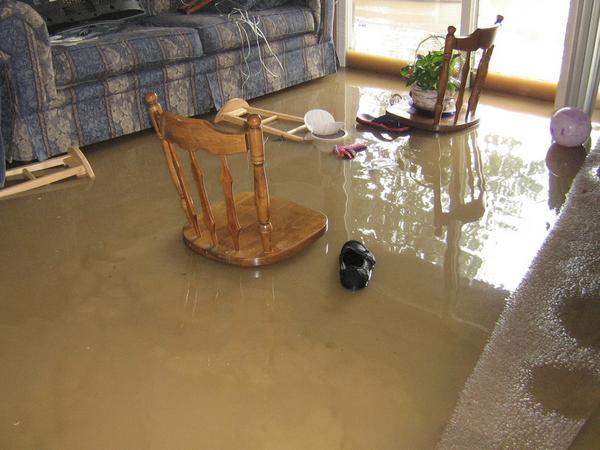Right here down the page you will find a good deal of good data in relation to Preventing Water Damage in the Bathroom.

The washroom is extremely vulnerable for moist build-up as well as potential water damages as a result of the regular use of water in it. This write-up uses easy assessment techniques to aid spotting water damages risks.
The constant use of water in the washroom makes it incredibly at risk for moist buildup and prospective water damages. By checking it consistently, you can decrease water associated problems.
The complying with collection of evaluations is simple to do and also ought to be done when in every 3 months in order to keep your washroom in good shape as well as to stop potential water damages brought on by the bathtub, the shower, pipe joints and also plumbing, sinks, cabinets, as well as the toilet
Do not overlook doing these inspections as well as be detailed while performing them. Keep in mind that these simple evaluations can save you a great deal of cash by giving very early signs for water damages
Bath tub and Shower
The shower and bathtub require special interest as well as maintenance. Inspect the ceramic tiles and change if fractured. Make sure that there is no missing cement in between the ceramic tiles. Check and also change split caulking at joints where the wall surfaces satisfy the floor or the tub. Blocked drains as well as pipes problems will avoid the bathtub from drying and may indicate serious troubles under the bath tub. Seek advice from a specialist promptly to avoid architectural damage. Take note of discolorations or soft areas around the bath tub wall surfaces as they might suggest an interior leak.
Plumbing
Signs for water damage are tough to find considering that a lot of pipes are installed inside the wall surfaces.
Pay unique interest to flooring and wall surfaces wetness as well as stains as they might show an unnoticeable plumbing trouble. Examine wetness levels in adjacent areas also.
Sinks and Cabinets
Sinks and also closets are subjected to dampness as well as moisture everyday as well as are typically overlooked. Inspect consistently under the sink as well as on the countertop over it. Repair any kind of drip in the trap as it might suggest drain troubles. Look around the sink, slow-moving draining pipes might indicate an obstructed drain. Replace sink seals if they are fractured or loose.
The Commode
The commode is a prone water junction. Examine the water lines as well as search for leakages around the toilet seat, in the tube, as well as under the water container. If you discover any indicators of wetness on the flooring around the bathroom, check for leakages in the toilet rim and also storage tank seals.
Realize that hanging bathroom bowl antiperspirants increases the chances for obstructions.
How to Prevent Bathroom Water Damage Caused By Your Plumbing
Prevent Water Damage Caused by Your Plumbing
There are many things you can do to prevent water damage in your bathroom. Let's take a look at a few actions you can take:
Shower and Tubs
- Inspect tiles to see if any are missing or cracked. Check grout areas to see that the grout is not missing. Water can seep behind tiles and damage the wall if tile and grout is not in good shape.
- Don't let water sit in the tub. Standing water can find ways to get around a faulty drain.
- Check out caulking around tubs and showers and replace or repair any areas that may allow water to seep through.
- Dry the floor immediately after bathing or showering. Don't let water sit on the floor.
- Use the exhaust fan to pull moist air out of the area. Keep the room as dry as possible.
Sinks and Cabinets
- These are exposed to moisture every day. Inspect them often to see that there are no leaks or moisture issues that might cause problems.
- If the trap has a leak or any moisture around it this could indicate a problem with your plumbing in Chico. Somewhere in the system there has to be excess moisture. Get this looked at.
- Any drips from faucets need to be repaired. Small leaks lead to larger leaks and bigger problems.
- Check seals and grout around sinks also. If they are cracked, broken or simply missing replace or repair them.
Toilets
- The seal on the bottom of the toilet needs to be inspected regularly. If you see water near the base of the toilet have the seal replaced.
- Make sure the tank does not leak. If you hear the tank filling for no reason you know there is a leak. This constant water drip can cause damage to the toilet and any others near it that stay wet.
- Check water lines leading to the toilet. These can often leak and cause damage if left unchecked.

I ran across that blog posting on How to Fix a Water Damage Bathroom while perusing the search engines. Are you aware of another individual who is involved in the topic? Do not hesitate to share it. I value reading our article about How to Repair and Prevent Bathroom Water Damage.
Book Your Appointment
Comments on “Bathroom Water Damage - Ways To Stop This Happening”